 The Whitney Laboratory for Marine Bioscience
The Whitney Laboratory for Marine Bioscience

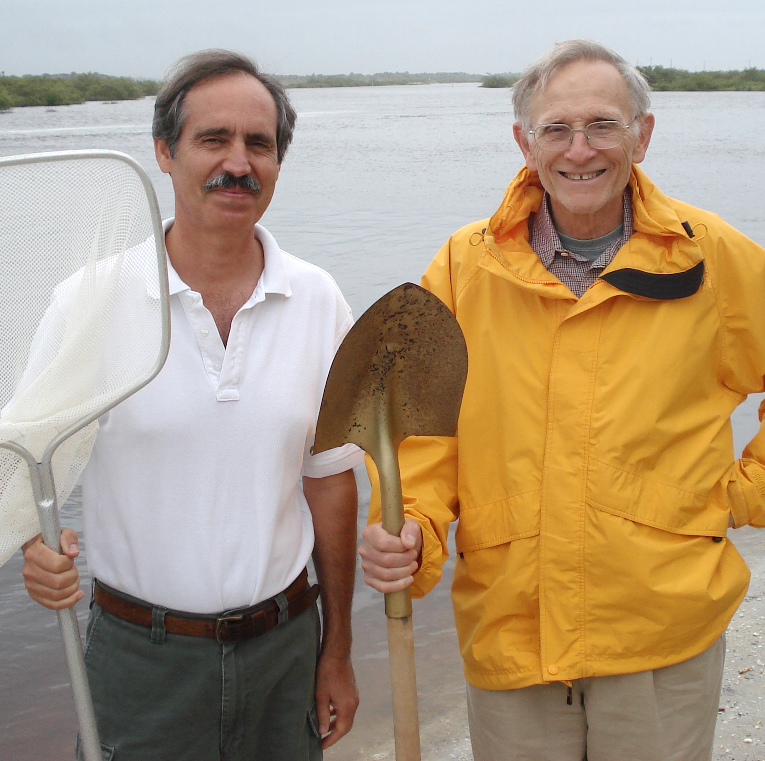
The Whitney Laboratory is located within the Matanzas River Basin (MRB); it is also part of the Guana-Tolomato-Matanzas National Estuarine Research Reserve and includes the cities of St. Augustine and St. Augustine Beach and their watersheds. The Basin is a remarkable area – approximately 140,000 total acres – rich in biodiversity with over 2500 plant and animal species. A biodiversity hotspot, previous records of the basin’s fauna and flora have been scattered and unavailable. Thus the goal of the MatBio Initiative – to assemble a comprehensive inventory of the habitats and biological resources of the MRB and its adjacent beaches and near coastal waters – is surely timely.
Through the MatBio Initiative we can begin to monitor environmental changes and the responses of biological communities to these changes. By engaging the public as citizen scientists to help collect data for the inventory, the Initiative creates awareness of the importance of the region’s biological diversity and of the need for the conservation of these natural systems for future generations.
The Whitney Lab, with support from volunteers, the Matthaei Scholars Program, and private foundation support, has already begun compiling a list of the marine biodiversity of the Basin. (Please see history of the project here)
During summer 2014, the Matthaei Ecological Scholar worked with us to develop a series of corresponding online field guides. Paired with the field guides is the MatBio Project, which collects ongoing data on species occurrences in time and space. Both the MatBio Project and the field guides are hosted on the iNaturalist.org , a global naturalist’s website “where you can record what you see, meet other nature lovers, and learn about the natural world, whether you are an amateur, a student, or a professional biologist.
To explore the MatBio Project on iNaturalist, click here.
You will see a map of the MRB with the latest observations posted. You can access the MatBio field guides from within iNaturalist by searching for MatBio under Guides (top of the page). Links to our field guides are also available below.
Attend one of our workshops at the Whitney Lab to learn about how to create your free iNaturalist account and join the MatBio Project. Workshop dates will be posted here for future workshops. At the workshop we will also show you how to upload your photos and post your observations.
Explore the MatBio Project on iNaturalist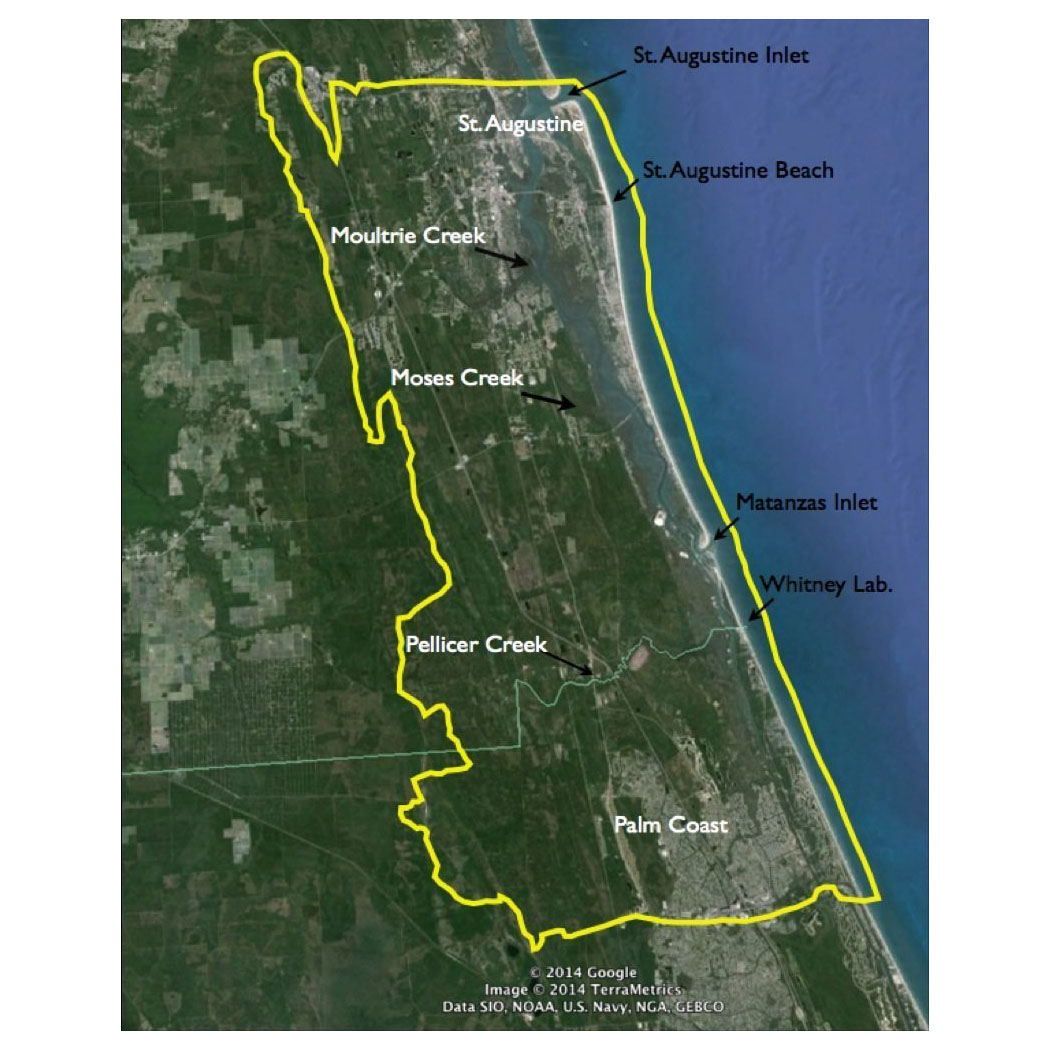
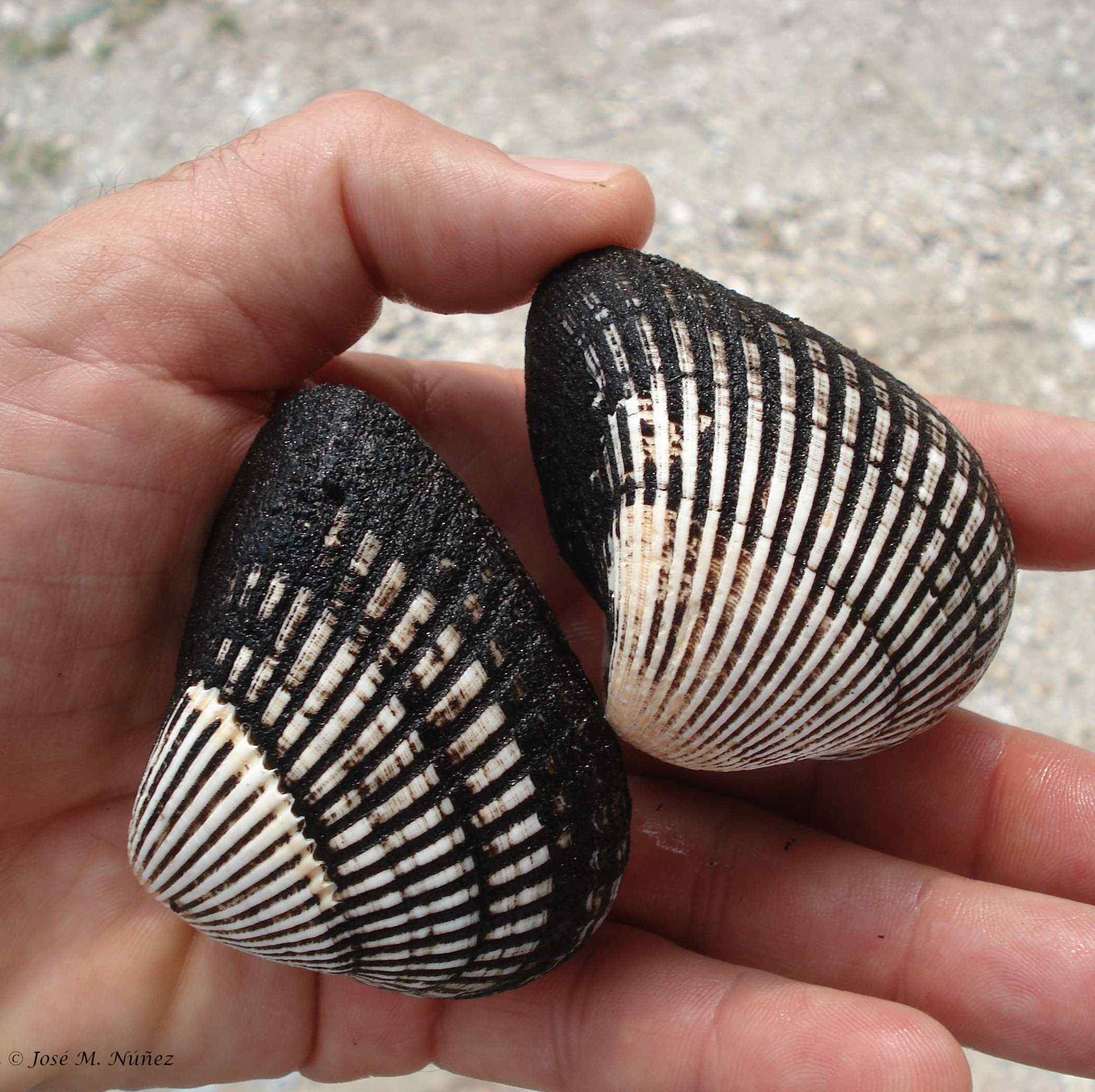
Need help with identification? Click on the links to access the field guides online go to the menu on the right to see a list of the Field Guides currently available. We have guides on local fish, grasses, and birds….just follow the steps!
Access the Field GuidesThe Matanzas River Basin extends from northern Flagler County (the Palm Coast area) to the city of St. Augustine in the southern part of St. Johns County. The Basin is quite broad; its backbone is the Matanzas River, flowing parallel to the Atlantic shoreline, one of many coastal marine lagoons characteristic of the southern US coastline.
The River is also an estuary. Three relatively pristine streams – Pellicer, Moses, and Moultrie Creeks – supply the Matanzas River with fresh water, while seawater enters at two historic inlets, the St. Augustine Inlet to the north, and the Matanzas Inlet to the south.
A biodiversity hotspot, the River Basin is home to a variety of biological communities and habitats. Among the estuarine communities are salt marshes, oyster reefs, and mangroves, while terrestrial communities include upland forests, maritime hammocks, coastal strands and dunes.
Beyond the exceptional quality and variety of its waters, the percentage of privately developed land in the Basin is low, and public funds have been spent generously to purchase land for conservation, recreation, parks, and important scientific facilities – like the Whitney Lab. Thus, the Matanzas River Basin is a vital resource for studying topics such as shellfish culture, invertebrate research, marine symbiosis, and promoting sealife conservation.
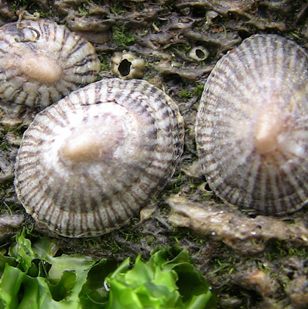
A brief history of the Whitney Lab’s MatBio, and a look ahead from Dr. Michael Greenberg-
Learn More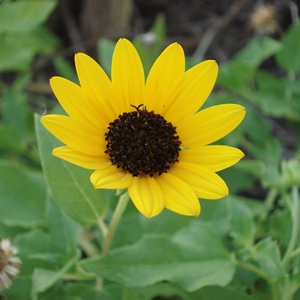
How to identify regional and fauna with MatBio Field Guides within iNaturalist
Learn More